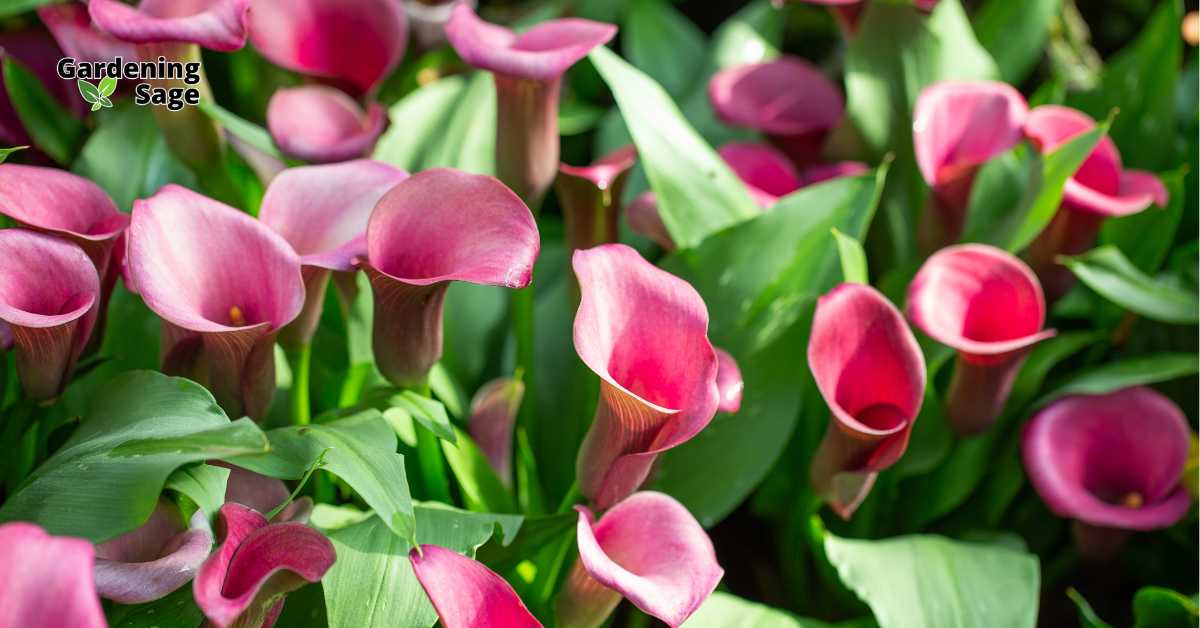These majestic flowers, revered for their elegance and diversity, have been a symbol of beauty and refinement throughout history.
Whether you’re an experienced gardener or a novice with a passion for florals, growing lilies can add a touch of sophistication to both your garden and home. Lilies come in a variety of shapes, colors, and sizes, making them versatile for any setting.
In this comprehensive guide, we’ll delve into the secrets of successfully cultivating lilies, ensuring they flourish in your garden and continue to grace your home with their stunning blooms. Embark on a journey with us as we explore the enchanting realm of lilies, transforming your spaces into a haven of elegance and charm.
Understanding Lily Varieties
Lilies are classified into several types, each with unique characteristics. The most common are Asiatic, Oriental, Trumpet, and Martagon lilies.
- Asiatic lilies are known for their bright, bold colors and are the first to bloom each season.
- Oriental lilies, with their intoxicating fragrance and large blooms, are favorites for indoor arrangements.
- Trumpet lilies, resembling their namesake, offer a regal appearance and a strong fragrance.
- Martagon lilies, also known as Turk’s Cap, feature smaller, downward-facing flowers with a whimsical charm.
Choosing the right type for your garden and home depends on your personal preference and the conditions of your growing space.
Selecting the Perfect Location
Lilies thrive in well-drained soil with plenty of sunlight. When choosing a spot in your garden, look for an area that receives at least six hours of sunlight a day.
While lilies appreciate the sun, they also prefer their roots to stay cool. Planting them near shrubs or using mulch can help keep the soil temperature regulated.
For indoor lilies, choose a bright spot with indirect light to avoid scorching the petals. Proper placement is crucial for healthy growth and maximum bloom.
Soil Preparation and Planting
The key to growing vibrant lilies is starting with the right soil. They prefer slightly acidic to neutral soil, rich in organic matter.
Before planting, prepare your garden bed by loosening the soil and adding compost or well-rotted manure to enhance fertility and drainage. Lily bulbs should be planted in autumn or early spring, depending on your climate.
Plant them about 4 to 6 inches deep and space them approximately 8 to 12 inches apart. This spacing allows adequate room for growth and air circulation, reducing the risk of fungal diseases.
When planting lilies in pots for indoor decoration, select a container with good drainage. Use a high-quality potting mix and ensure the bulbs are planted at the same depth as in outdoor conditions.
The pot should be placed in a well-lit area, away from direct sunlight, to encourage strong, healthy growth.
Watering and Fertilizing
Consistent watering is essential for lilies, especially during their growth and flowering stages. The soil should be kept moist but not waterlogged.
Overwatering can lead to bulb rot, a common issue with lilies. A good rule of thumb is to water the soil when the top inch feels dry to the touch.
Fertilizing your lilies can significantly enhance their growth and bloom. Use a balanced, slow-release fertilizer in early spring as they start to grow, and again right before they bloom.
Be cautious with the amount – over-fertilizing can harm the plants. For potted lilies, a liquid fertilizer can be more suitable, applied every few weeks during the growing season.
Pruning and Maintenance
Proper maintenance ensures the longevity and beauty of your lilies. Deadhead spent blooms to encourage more flowers and prevent the plant from putting energy into seed production.
After blooming, let the foliage die back naturally. This process allows the plant to store energy in the bulb for the next season.
Avoid cutting back the stems until they’ve turned yellow and withered. Pest and disease control is also crucial in lily care.
Watch out for common pests like aphids and red lily beetles. Regular inspections and prompt removal of affected parts can prevent infestations.
Additionally, ensure good air circulation around the plants to prevent fungal diseases like botrytis blight.
Bringing Lilies Indoors

Lilies make stunning indoor arrangements, adding elegance to any room.
When cutting lilies for indoor use, choose buds that are just about to open. This ensures a longer vase life and the joy of watching them bloom indoors.
Use a clean, sharp knife or shears to cut the stem, and immediately place it in water. For a lasting arrangement, remove the lower leaves that would be submerged in water and change the water every couple of days.
Lilies can last up to two weeks indoors with proper care. Be mindful of the pollen, as it can stain fabrics. Gently remove the anthers from the center of the flowers to prevent pollen spread.
Cultivating Elegance in Your Garden and Home
Cultivating lilies, whether in your garden or as part of your home decor, brings an element of refined beauty to your surroundings. With the right care, these elegant blooms will reward you with their stunning display year after year.
Embrace the grace and charm of lilies, and let them transform your space into a haven of tranquility and splendor. Happy gardening!














